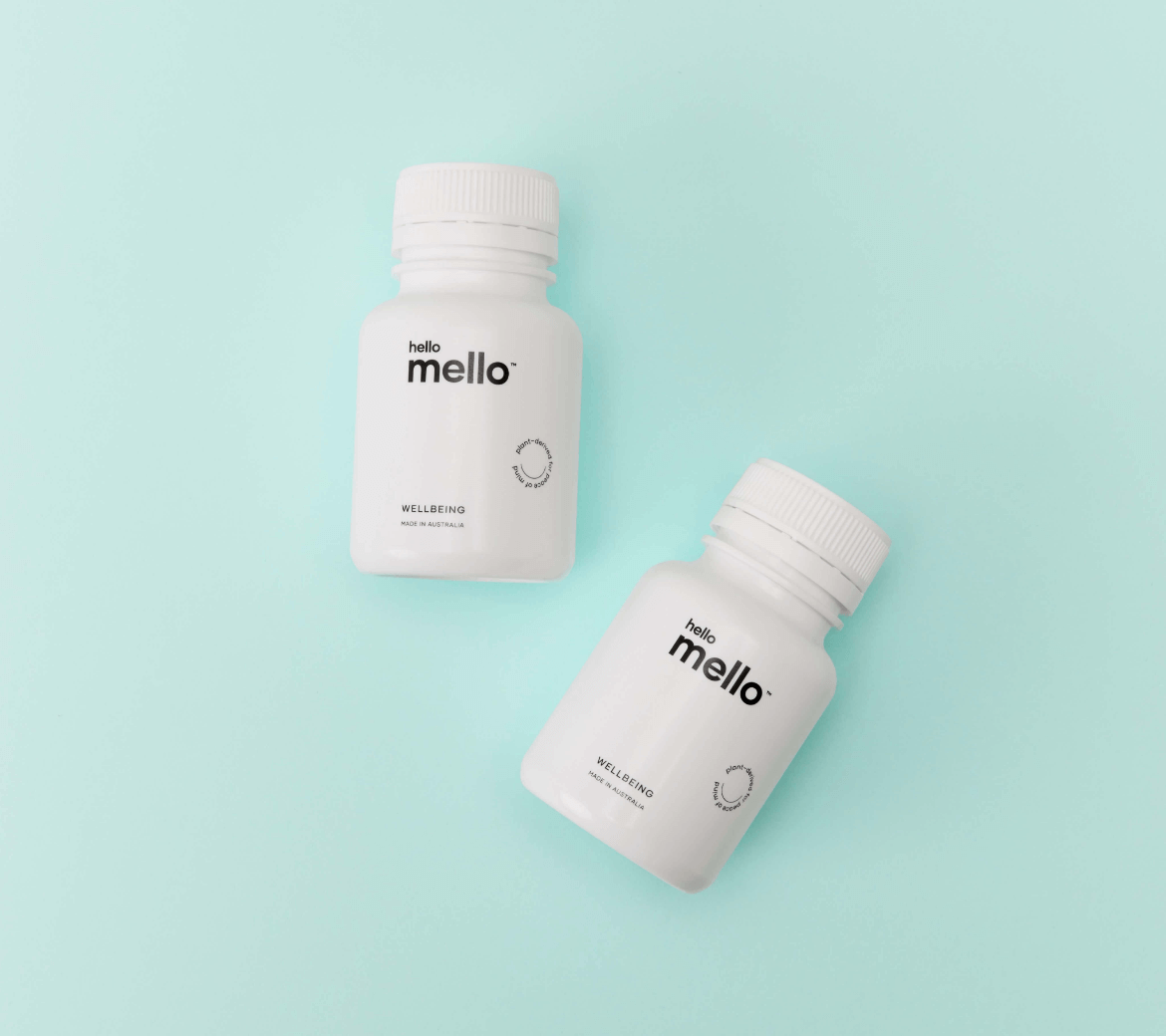Science
The science
You don't need a chemistry degree to understand alternative medicine.
Let's break down the science.
The endocannabinoid system
Inside your body there is a galaxy of cannabinoid receptors. When activated, they restore balance to many of the body's internal systems. This relationship is known as the endocannabinoid system (ECS). Think of it as your body's switchboard controlling your ability to eat, sleep, rest, digest and relax.
History
The endocannabinoid system was only really identified in the 1990s, when researchers started examining the effects of certain cannabinoids (the active chemical compounds found in alternative medicine). There's still a lot we don't know about this system, although there are a bunch of clinical trials underway in Australia.
Homeostasis
The purpose of the ECS, scientists believe, is to bring the body back into homeostasis. This is basically your body’s way of balancing the internal environment against threats from the outside. When your body is tired, hungry, stressed or sleep deprived, the endocannabinoid system kicks in to try and fix things.
Receptors
The ECS is made up of endocannabinoids (which occur naturally in your body), enzymes that break things down, and receptors that trigger certain responses. Natural medicine can work by stimulating this system. Naturally found cannabinoids interact with endocannabinoid receptors, boosting the body’s own response.

Restoring balance
Sometimes our body’s endocannabinoid system isn’t working properly. Alternative medicine may help bring this system back into balance, triggering the body’s natural defences.

Where do I start?
Australia’s TGA has made unapproved medication accessible under the Special Access Scheme. Doctors must first assess your eligibility and confirm that conventional treatment has either not worked or caused side effects. Next, it is important for a doctor to consider your medical history as not all medication is suitable for everyone.

Treatment options
There are different kinds of treatment options, and they each feature different combinations of active cannabinoids, aimed to achieve different things. There is no one-size-fits-all course of treatment. Personalisation is important and so to is the understanding of the benefits and risks associated with any of these options.
